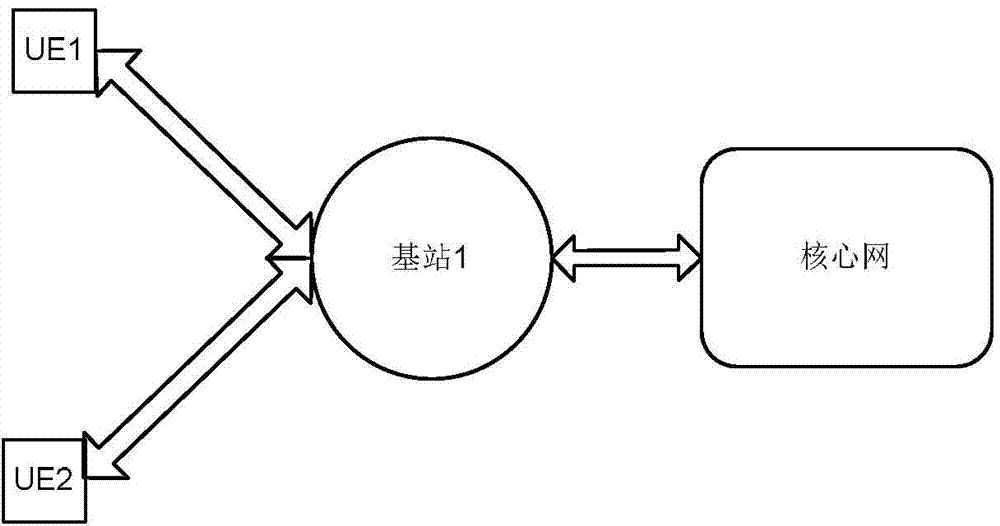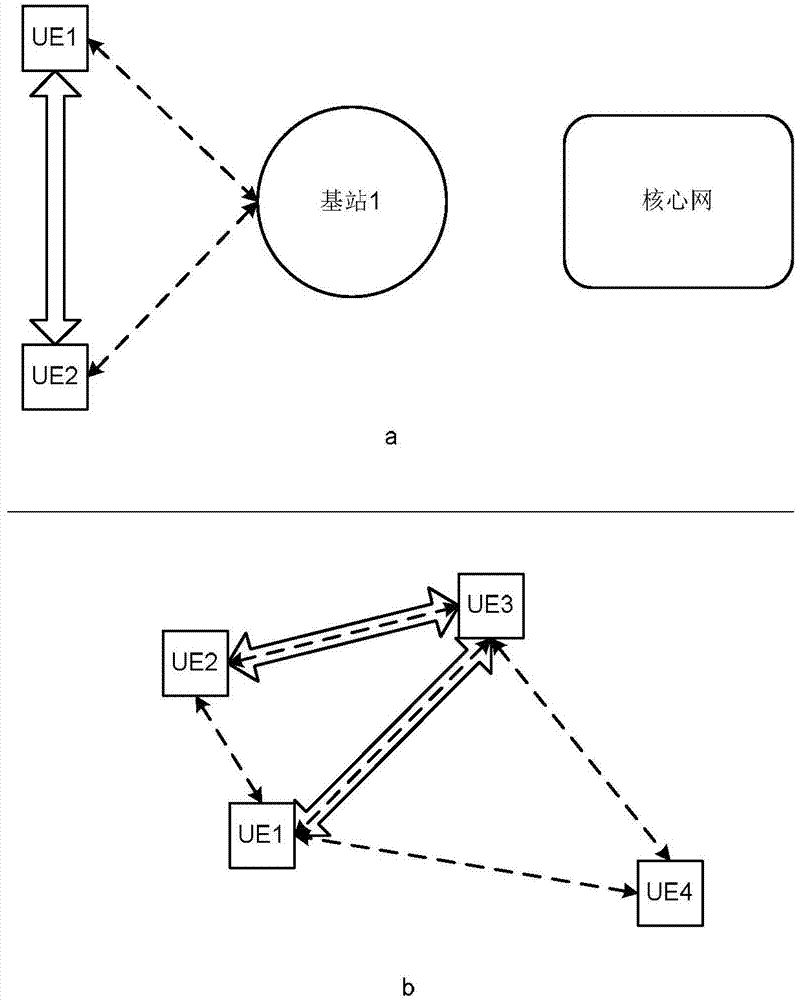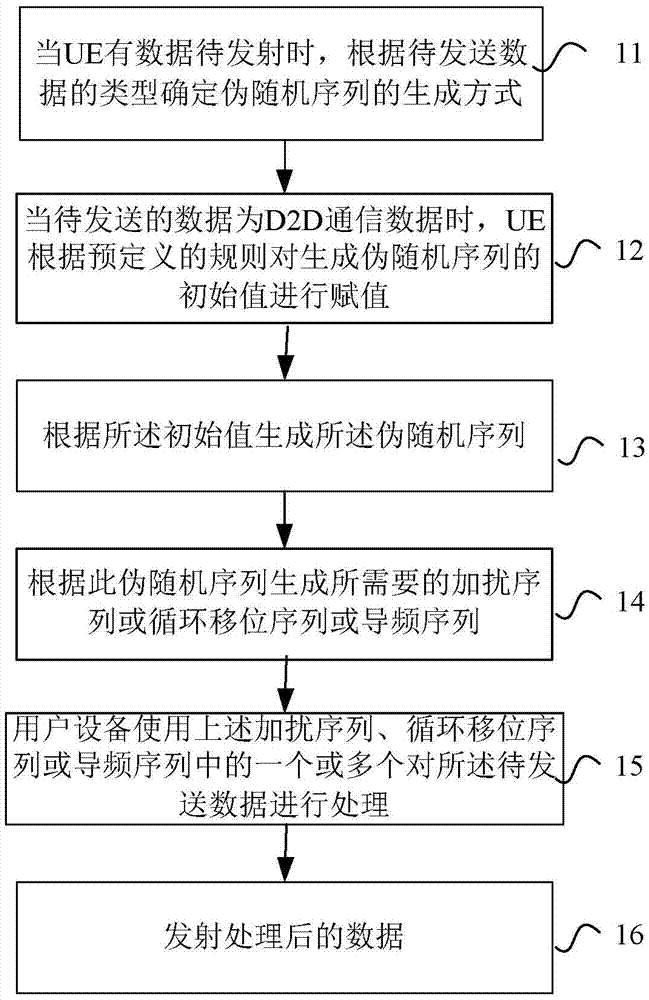Signal processing method and device
A technology for signal processing and signal transmission, applied in the field of mobile communication, which can solve the problems of inability to directly use cellular communication signal processing methods, signal scrambling, etc.
- Summary
- Abstract
- Description
- Claims
- Application Information
AI Technical Summary
Problems solved by technology
Method used
Image
Examples
example 1
[0098] A flowchart of a signal processing method proposed in this embodiment, such as image 3 shown, including the following steps:
[0099] Step 11: When the UE has data to be transmitted, determine the generation method of the pseudo-random sequence according to the type of data to be transmitted;
[0100] The type of the data is D2D communication data or cellular communication data.
[0101] Step 12: When the data to be sent is D2D communication data, the UE assigns an initial value for generating a pseudo-random sequence according to a predefined rule;
[0102] The UE determines the initial value type of the pseudo-random sequence according to predefined rules, such as UE ID or Group ID.
[0103] When the type of data to be sent is cellular communication data, the UE processes the data according to standard rules of cellular communication.
[0104] Step 13: Generate the pseudo-random sequence according to the initial value.
[0105] Step 14: Generate one or more of the ...
Embodiment 2
[0140] In this embodiment, the initial value types of the pseudo-random sequence that the UE can use include: constant value, UE ID, Group ID, frame number, subframe number, time slot number, codeword number, antenna port number, resource index, etc., and the UE can Use one or more of the above types as initial values for pseudorandom sequence generation, where:
[0141] The constant value refers to the fixed value defined by the system, the length of the binary expression is h bit, 1≤h≤16, and the corresponding decimal value ranges from [0,2 h -1], the process of obtaining the ID is not required.
[0142] The Group ID is determined by the upper layer, or obtained through the group public control message when the UE joins the group. The length of the binary expression is t bits, 1≤t≤16, and the corresponding decimal value ranges from [0, 2 t -1]. The Group ID is identification information of the D2D communication group where the UE belongs, and the UEs belonging to the sam...
Embodiment 3
[0148] When the UE obtains the UE ID by truncating the IMEI or IMSI, there are two truncation methods:
[0149] Method 1: Express the corresponding value of IMEI or IMSI in binary form, and take consecutive n bits from the highest or lowest bit as the UE ID, such as Figure 4 As shown, the truncated UE ID is obtained;
[0150] Or, extract n bits from the specified position as the UE ID according to certain rules, such as Figure 5 As shown, the truncated UE ID is obtained.
[0151] Method 2: Perform a modulo operation on the corresponding value R of IMEI or IMSI to N to obtain the UE ID, that is, UE ID=R mod N, where N=2 n .
PUM
 Login to View More
Login to View More Abstract
Description
Claims
Application Information
 Login to View More
Login to View More - R&D
- Intellectual Property
- Life Sciences
- Materials
- Tech Scout
- Unparalleled Data Quality
- Higher Quality Content
- 60% Fewer Hallucinations
Browse by: Latest US Patents, China's latest patents, Technical Efficacy Thesaurus, Application Domain, Technology Topic, Popular Technical Reports.
© 2025 PatSnap. All rights reserved.Legal|Privacy policy|Modern Slavery Act Transparency Statement|Sitemap|About US| Contact US: help@patsnap.com



